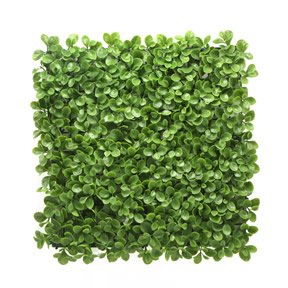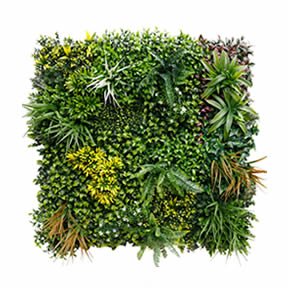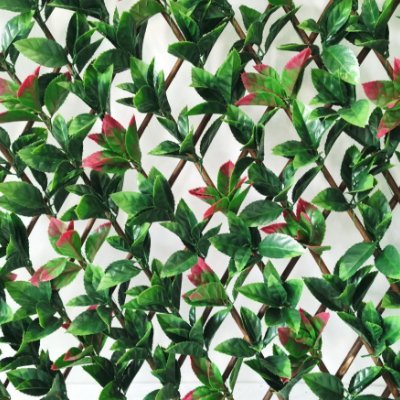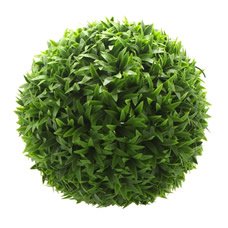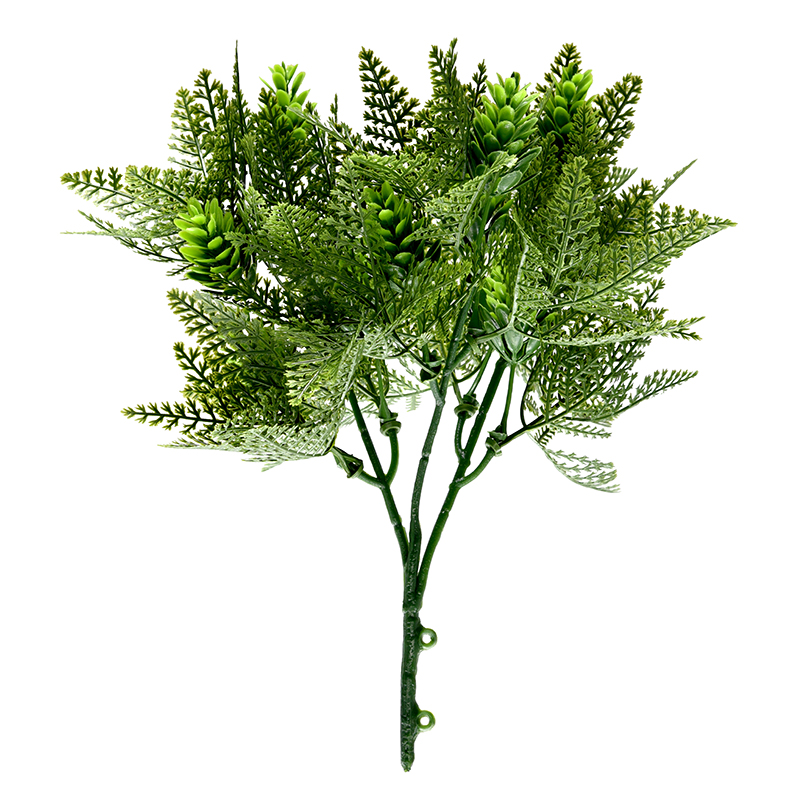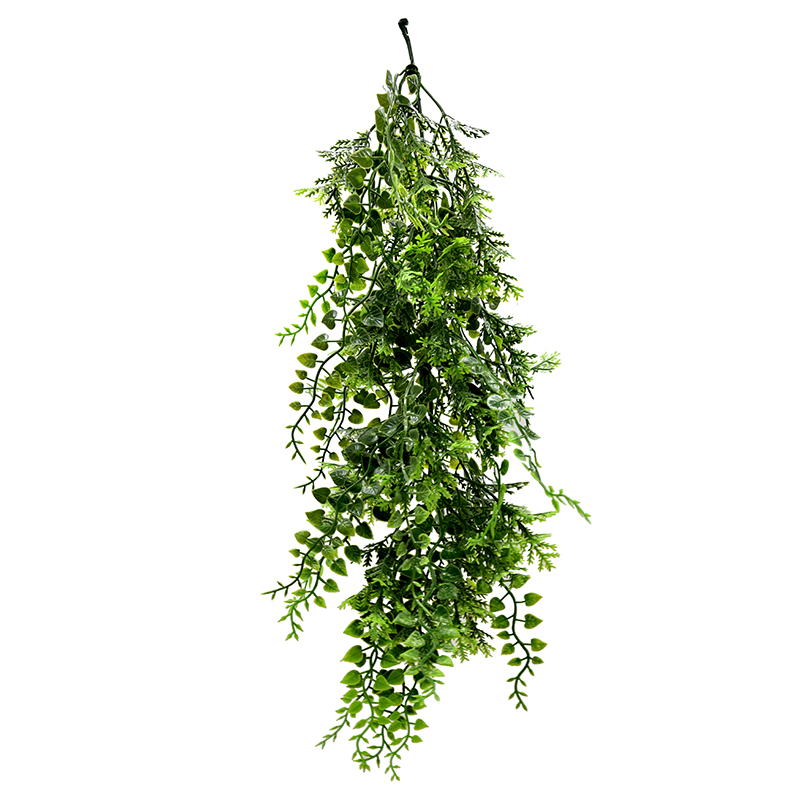Are Fake Plants Out of Style in 2025?
 2025 08 22
2025 08 22Home décor trends are evolving rapidly. A question lingers: Are fake plants out of style in 2025? or Are fake plants outdated? The short answer is NO.
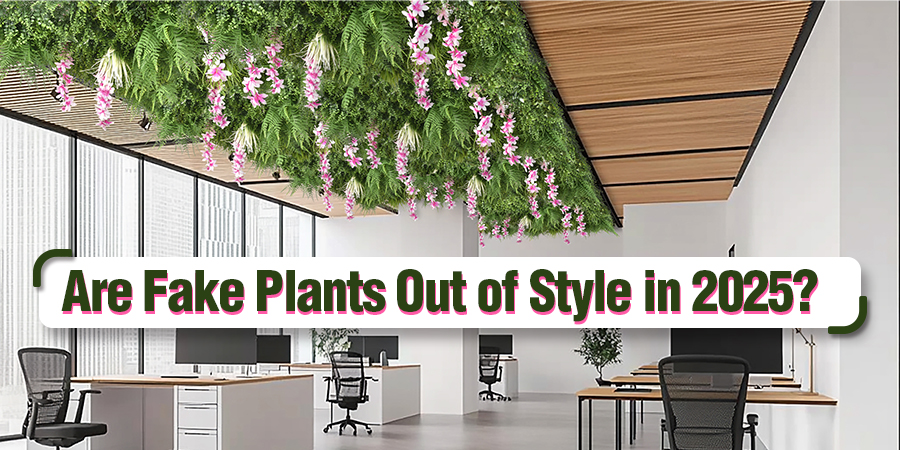
High-quality faux greenery has not only stood the test of time but has also adapted beautifully to changing tastes. Unlike the obviously artificial plastic plants of decades past, today’s fake plants are hyper-realistic, eco-conscious, and versatile enough to blend seamlessly into any decor style. From luxury apartments to cozy family homes, fake plants continue to offer beauty without the maintenance headaches.
- Why Fake Plants Are Still in Style in 2025
- The Hottest Fake Plant Trends of 2025
- 1. Eucalyptus – The Minimalist’s Green Essential
- 2. Maidenhair Fern – Light, Lacy, and Timeless
- 3. Olive Tree – Mediterranean Chic Indoors
- 4. Bird of Paradise – Sculptural and Striking
- 5. Cherry Blossom Tree – Soft Drama in Bloom
- 6. Money Tree – Fortune Meets Style
- 7. Ficus Tree – Evergreen Elegance
- 8. Artificial Vertical Gardens – Lush Wall Statements
- 9. Snake Plants – Sculptural Statement
- 10. Artificial Hanging Vines – Cascading Greenery
- Common Myths about Fake Plants — Debunked
- What Makes Fake Plants Look Real?
- Conclusion: Why Fake Plants Are Trendy and Popular
Why Fake Plants Are Still in Style in 2025
1. Realistic Beauty That Rivals Nature
Fake plants have evolved far beyond the plastic, tacky designs of the past. Modern designs showcase intricate textures, authentic color variation, and carefully shaped forms that mirror real greenery so well that only a closer look or touch reveals the truth. They bring fresh visual appeal to interiors and exteriors without the challenges of maintaining living plants.
2. Versatile Solutions for Different Lifestyles
Artificial greenery meets a wide range of needs, offering practical benefits in situations where live plants may not be suitable. They work well for:
- Individuals with pollen allergies or plant sensitivities
- Households with pets or children where safety is a priority
- Frequent travelers or those with demanding schedules
- People living in climates or buildings unsuitable for plant growth
3. Greenery Where Real Plants Struggle
Fake plants thrive in locations that challenge even the hardiest species. Rooms with limited or no natural light, areas lacking ventilation, or urban environments with harsh conditions can still enjoy lush greenery year-round. Combining fake and real plants can also create a seamless, natural-looking display that maximizes both beauty and practicality.
4. Long-Lasting and Reliable Appeal
One of the greatest benefits of artificial greenery is its lasting beauty. It remains consistently fresh-looking through every season and in any environment. UV-resistant varieties are perfect for outdoor use, while premium indoor designs replicate the appearance of live plants without soil, water, or pruning. This durability makes them a reliable choice for homes, offices, and commercial spaces.
The Hottest Fake Plant Trends of 2025
1. Eucalyptus – The Minimalist’s Green Essential

Why it’s on trend:
Real eucalyptus can be notoriously difficult to maintain, requiring constant watering. The faux leaves deliver the same fresh, airy look with none of the upkeep. Popular on TikTok, it’s often seen hanging in showers for a spa-like feel, arranged in minimalist vases, or styled in modern planters to complement neutral palettes. Its adaptability makes it suitable for bathrooms, living rooms, offices, and entryways.
Style Tip:
Display in a woven basket or an oversized ceramic planter for a high-end designer touch.
2. Maidenhair Fern – Light, Lacy, and Timeless
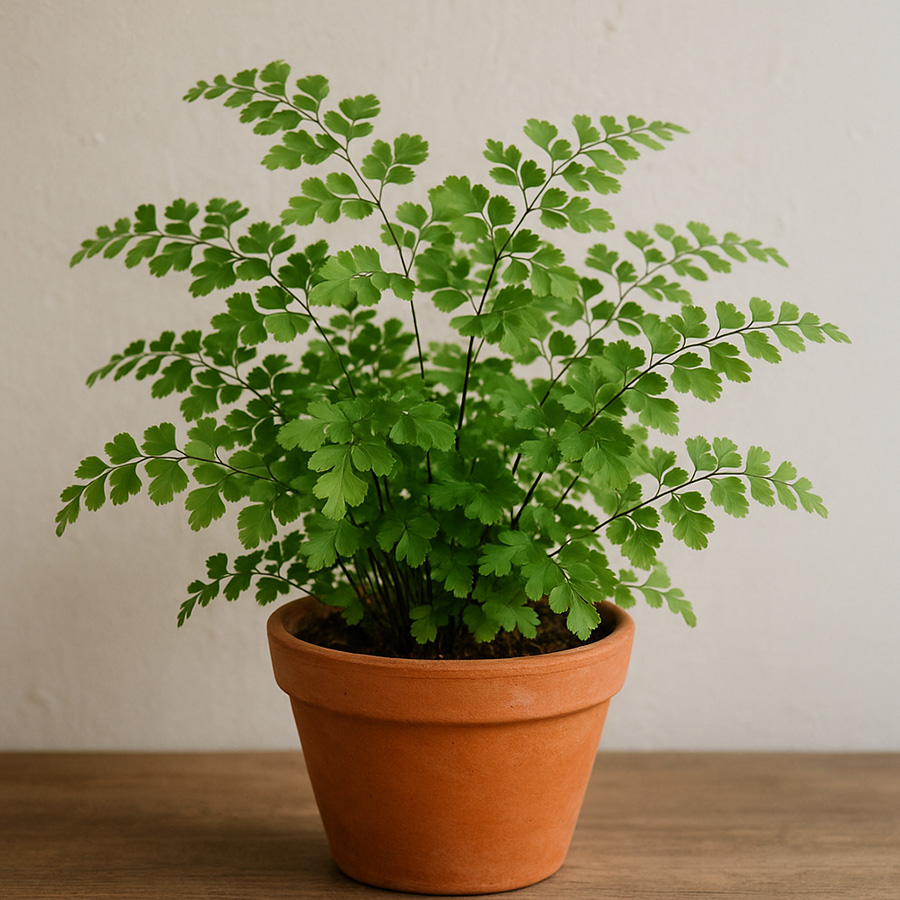
Why it’s on trend:
With delicate, lacy fronds on sleek dark stems, the maidenhair fern brings an artful sophistication to any space. Its look fits effortlessly into both vintage and contemporary interiors. Paired with other greenery or showcased alone, it adds visual interest and texture to shelves, tabletops, or plant stands.
Style Tip:
Showcase in a terracotta pot or decorative tabletop planter for a refined, organic feel.
3. Olive Tree – Mediterranean Chic Indoors
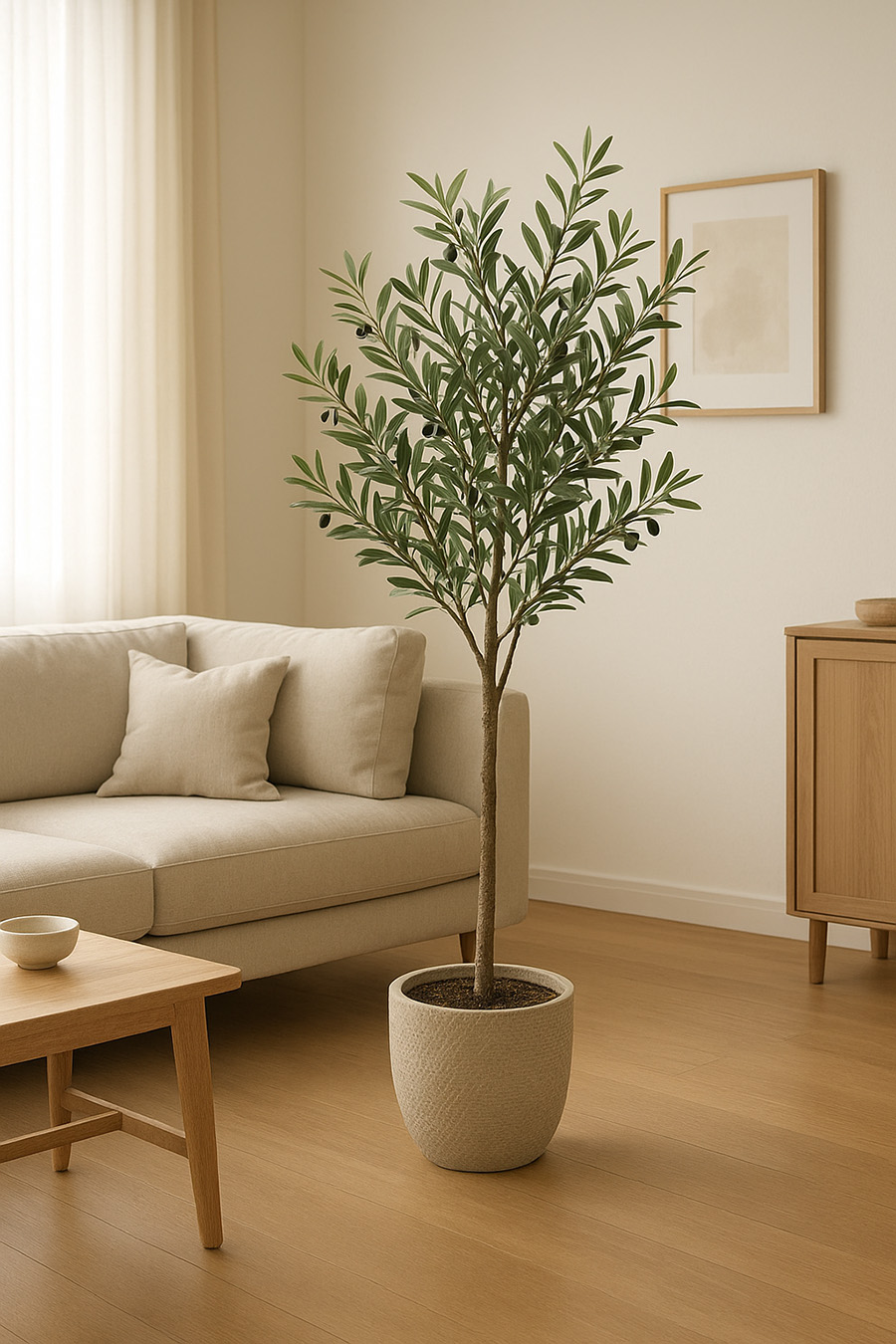
Why it’s on trend:
Olive trees, especially the black olive variety, are becoming a design favorite thanks to their distinctive silvery-green leaves and graceful structure. They remain a key styling choice for 2025, adding a Mediterranean flair that works in both rustic and modern settings.
Style Tip:
Enhance its presence with a large planter topped with decorative moss for a polished, natural finish.
4. Bird of Paradise – Sculptural and Striking
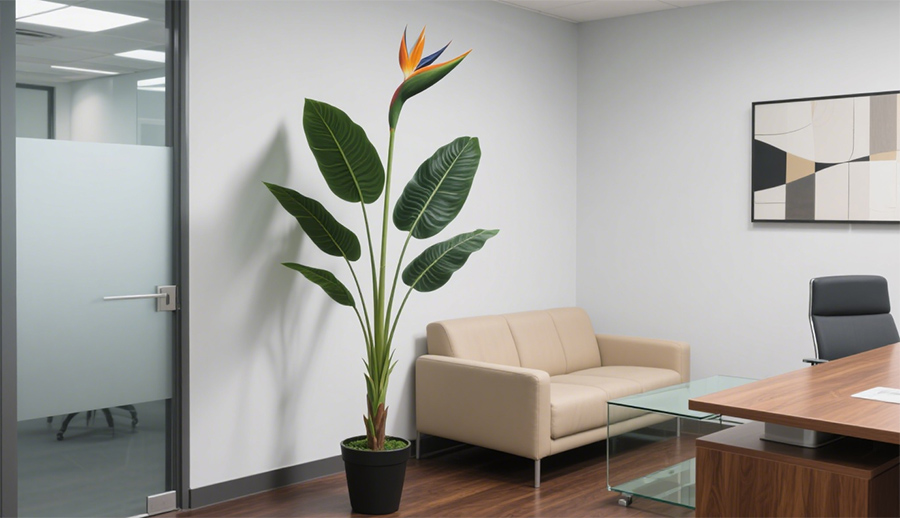
Why it’s on trend:
With tall stems and sculptural, bendable leaves, the bird of paradise offers a sleek, architectural look that works beautifully in open-plan living areas, and contemporary offices. Its bold form makes it perfect for creating statement corners without overwhelming the space.
Style Tip:
Fan out the leaves for a fuller, more lifelike display.
5. Cherry Blossom Tree – Soft Drama in Bloom
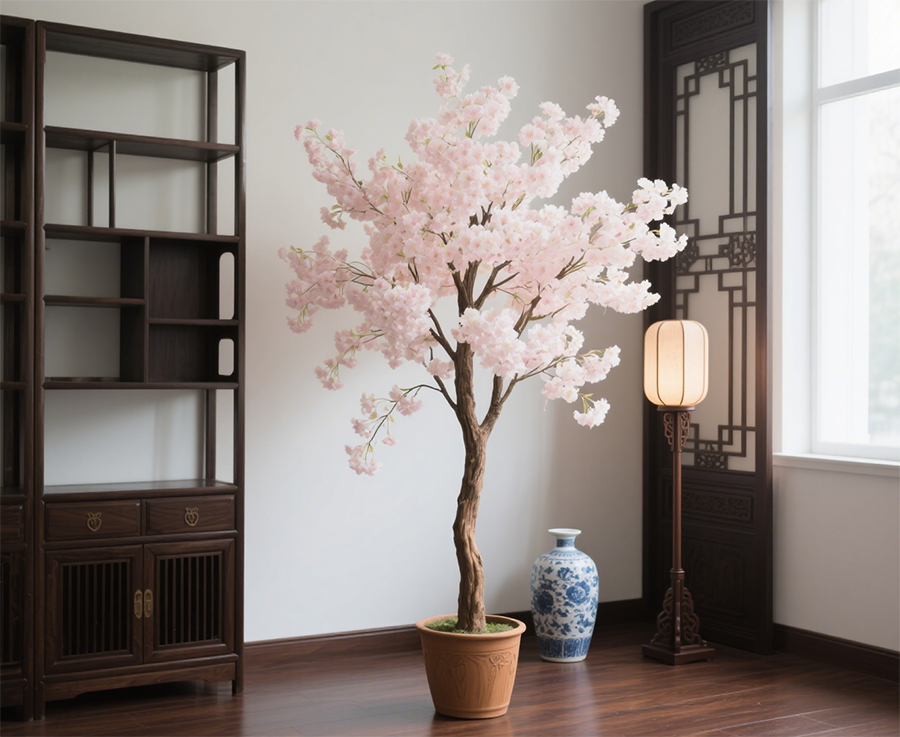
Why it’s on trend:
Highly photogenic and elegant, cherry blossom trees are loved by influencers for creating dreamy backdrops on TikTok, Instagram, and Pinterest. They add a romantic, refined touch to dining rooms, living areas, and event spaces, including weddings and product shoots.
Style Tip:
Use as a dramatic centerpiece to elevate the ambiance of a room.
6. Money Tree – Fortune Meets Style

Why it’s on trend:
Known for braided trunks and glossy leaves, money trees are symbols of prosperity and positive energy. Faux versions maintain their charm without the delicate care the real ones require, making them a popular choice for creating uplifting spaces.
Style Tip:
Place near an entryway to invite good fortune and create a welcoming atmosphere.
7. Ficus Tree – Evergreen Elegance
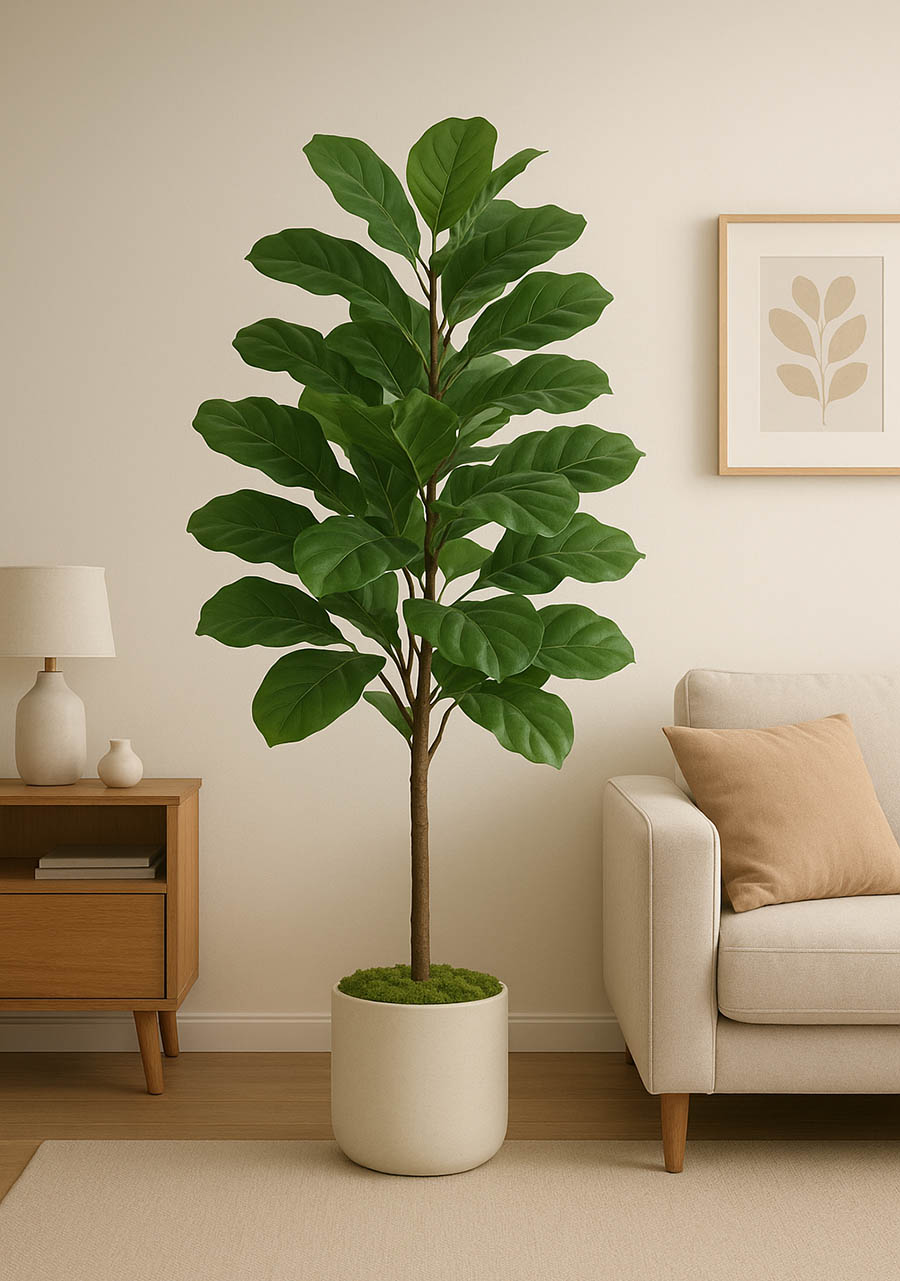
Why it’s on trend:
Dense foliage and a naturally lush look have made ficus trees a timeless indoor favorite. Their rise in popularity aligns with the biophilic design trend, which emphasizes integrating nature-inspired elements into indoor environments.
Style Tip:
Set a tall ficus in a corner to balance and anchor the surrounding elements.
8. Artificial Vertical Gardens – Lush Wall Statements
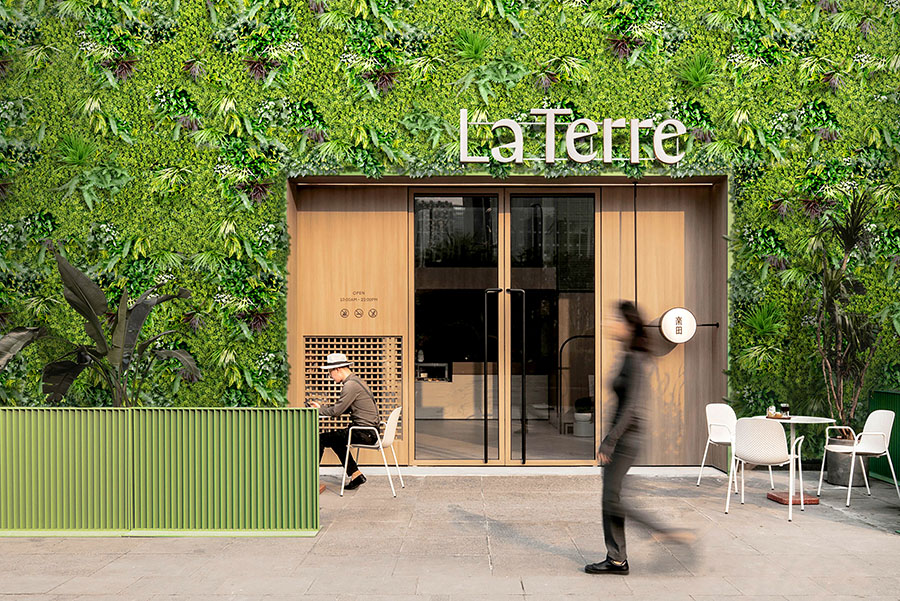
Why it’s on trend:
Artificial vertical gardens are transforming blank walls into lush, green displays. Perfect for apartments, offices, or commercial venues, they deliver instant greenery without the need for soil, sunlight, or watering. Many designs now feature UV-resistant and fire-rated materials, making them suitable for both indoor and outdoor use. They’re also a popular choice for creating photo-worthy backdrops at events and retail spaces.
Style Tip:
Use as a statement wall behind a reception desk, patio seating area, or in an open-plan living space for maximum visual impact.
9. Snake Plants – Sculptural Statement
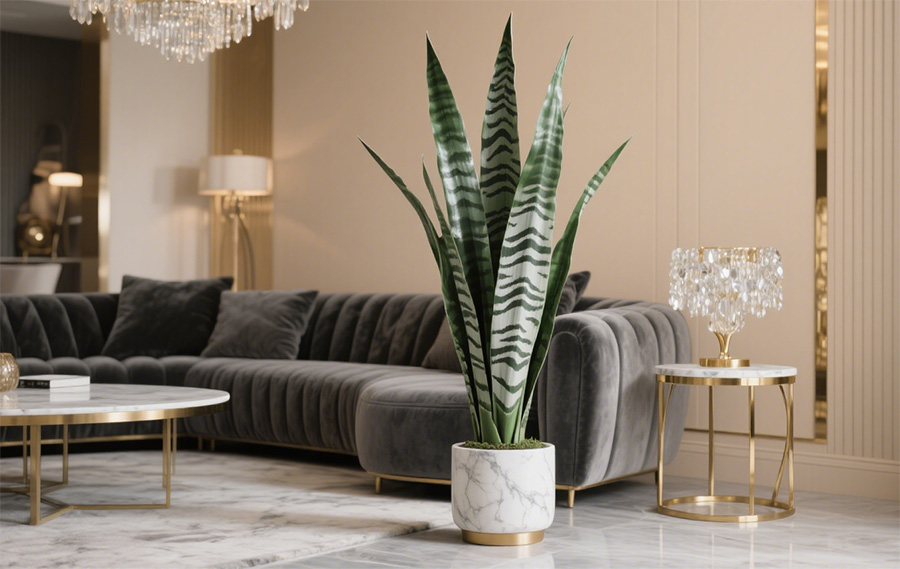
Why it’s on trend:
The snake plant’s tall, upright leaves with their bold variegation make it a favorite for modern interiors. It’s a strong visual anchor in minimalistic rooms and pairs well with clean lines and neutral color palettes. Faux versions keep their sleek form indefinitely, without the browning edges or drooping leaves that real ones often develop.
Style Tip:
Place in a tall planter to emphasize its vertical lines and sculptural shape.
10. Artificial Hanging Vines – Cascading Greenery
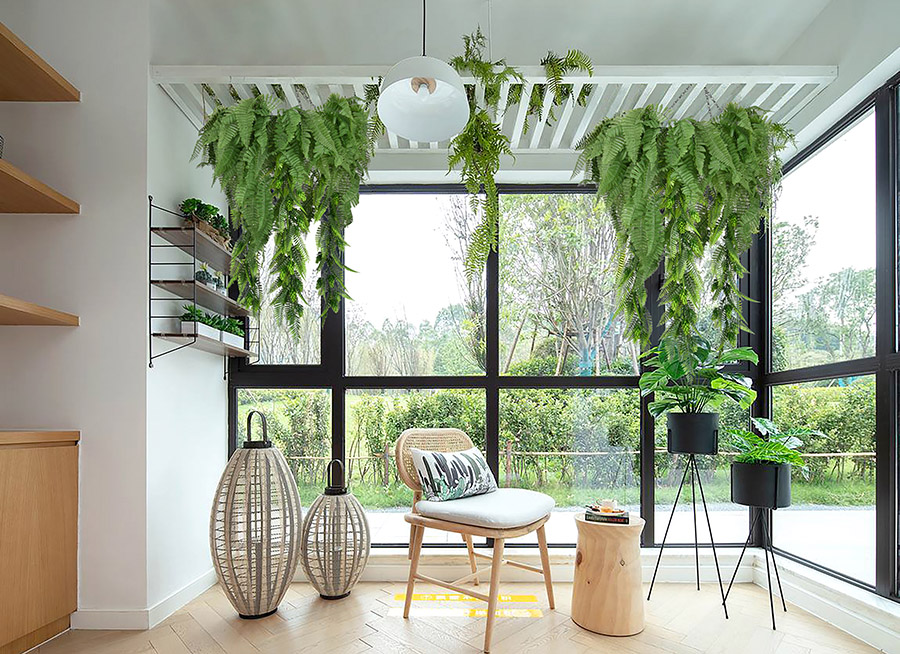
Why it’s on trend:
Hanging greenery has become trendy in 2025, with faux vines topping the list. Perfect for draping over shelves, framing windows, or cascading from ceiling planters, they add softness and movement to a space without the hassle of trimming or watering.
Style Tip:
Mix multiple vine varieties for a rich, layered look above cabinets or along stair railings.
Common Myths about Fake Plants — Debunked
“Fake Plants Look Cheap” – Not True for 2025
The era of overly shiny, obviously fake plants is long gone. High-quality faux greenery in 2025 is almost indistinguishable from live plants in both visual detail and tactile feel. Many won’t notice the difference unless they touch them.
“Fake Plants are Bad for The Environment” – The Full Story
While it’s true that low-quality, disposable fake plants can contribute to waste, the story changes when you invest in durable, long-lasting options. A high-quality artificial plant can remain beautiful for a decade or more, dramatically reducing waste compared to repeatedly replacing live plants. In 2025, sustainable faux greenery is both stylish and environmentally responsible.
What Makes Fake Plants Look Real?
What sets premium fake plants apart from low imitations is their pure materials and craftsmanship. Today high quality artificial plants are evolved. Crafted with advanced materials and meticulous attention to detail, they replicate the look, feel, and texture of real plants with astonishing accuracy. Every element is designed to mirror nature, resulting in greenery that looks convincingly authentic. They are so realistic that they can fool even the most discerning eye. Key factors that make fake plants realistic include:
- Material Quality: Realistic artificial plants use top-tier materials that closely mimic the texture, color, and surface of real foliage. Some leaves and petals are even treated to appear dewy, adding depth and realism.
- Color Accuracy: Every detail, including subtle leaf shading and the natural variation of flowers, is carefully reproduced to reflect authentic botanical patterns.This attention to color ensures the plant looks realistic from every angle.
- Natural Movement: Professionally designed fake plants are shaped to mimic the gentle flow and sway of real leaves. This dynamic quality enhances realism, particularly in outdoor settings or spaces with airflow.
Conclusion: Why Fake Plants Are Trendy and Popular
So, are fake plants out of style in 2025? Not even close.
Faux greenery has evolved from a last-resort décor item into a legitimate design choice embraced by professionals, influencers, and homeowners. With innovations in realism, a push toward sustainable living, and limitless styling possibilities, fake plants are thriving in the modern design world.
A serene office corner, a lush living room display, or a pet-safe home environment can all benefit from the beauty, practicality, and longevity of fake plants. In 2025 and beyond, they are not just still in style; they are set to remain popular always.

